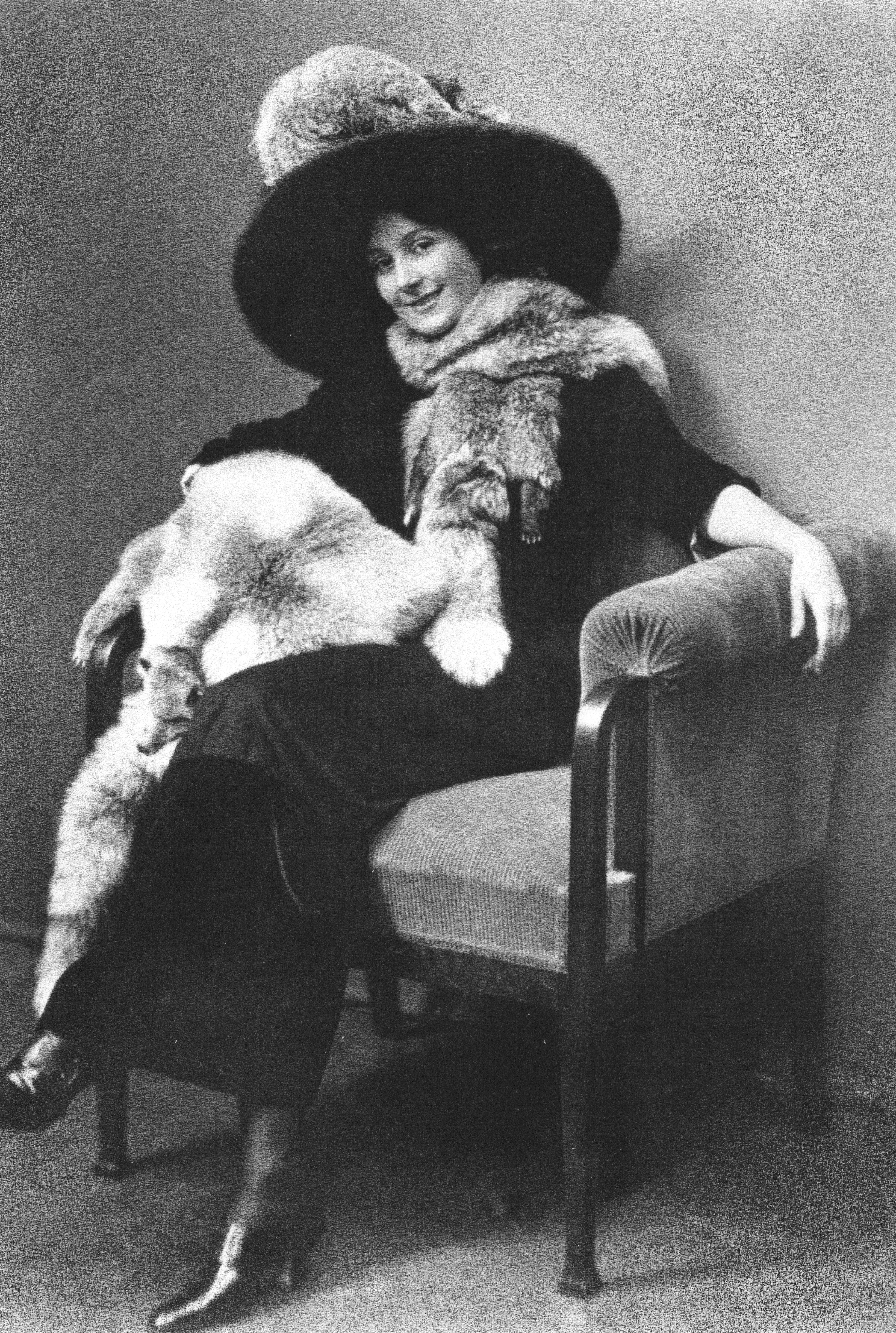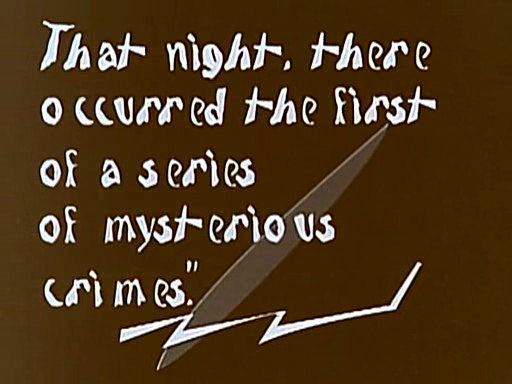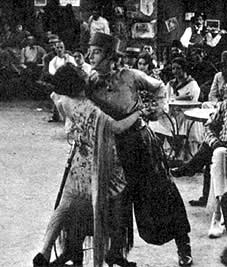|
Clown Charly
''Clown Charly'' is a 1918 German silent film directed by Alwin Neuß and starring Lil Dagover.Bock & Bergfelder p.77 Cast * Lil Dagover * Karl Falkenberg * Alwin Neuß Carl Alwin Heinrich Neuß (17 June 1879 – 30 October 1935) was a German film director and actor, noted for playing Sherlock Holmes in a series of silent films during the 1910s. He also played the dual role of Jekyll and Hyde in the 1910 Danish ... References Bibliography * Hans-Michael Bock and Tim Bergfelder. ''The Concise Cinegraph: An Encyclopedia of German Cinema''. Berghahn Books. External links * 1918 films Films of the German Empire Films directed by Alwin Neuß German silent feature films German black-and-white films 1910s German films {{1910s-Germany-film-stub ... [...More Info...] [...Related Items...] OR: [Wikipedia] [Google] [Baidu] |
Alwin Neuß
Carl Alwin Heinrich Neuß (17 June 1879 – 30 October 1935) was a German film director and actor, noted for playing Sherlock Holmes in a series of silent films during the 1910s. He also played the dual role of Jekyll and Hyde in the 1910 Danish silent film version of ''Dr. Jekyll and Mr. Hyde'', directed by August Blom. He played Jekyll and Hyde again in the 1914 German silent film ''Ein Seltsamer Fall'' (translation: ''A Strange Case''), scripted by Richard Oswald. Selected filmography * ''Sherlock Holmes'' (1908) * ''Dr. Jekyll and Mr. Hyde'' (Danish silent film, 1910) * ''Hamlet'' (1911) * ''The Flight'' (1912) * ''Ein Seltsamer Fall'' (1914) a German film adaptation of ''Dr. Jekyll and Mr. Hyde'' * ''Detektiv Braun'' (1914) * '' Der Hund von Baskerville''/ ''Hound of the Baskervilles'' (1914) German film directed by Rudolph Meinert * ''The Hound of the Baskervilles'' (1915) rival German film directed by Richard OswaldKinnard,Roy (1995). "Horror in Silent Films". McFarlan ... [...More Info...] [...Related Items...] OR: [Wikipedia] [Google] [Baidu] |
Lil Dagover
Lil Dagover (; born Marie Antonia Siegelinde Martha Seubert; 30 September 1887 – 23 January 1980) was a German actress whose film career spanned between 1913 and 1979. She was one of the most popular and recognized film actresses in the Weimar Republic. Early life Lil Dagover was born Marie Antonia Siegelinde Martha Seubert in Madiun, Java, Dutch East Indies (now Indonesia) to German parents. Some sources inaccurately give her birth name as Marta Maria Lillits. Her father, Adolf Karl Ludwig Moritz Seubert, born in Karlsruhe/Baden Germany, was a forest ranger in the service of the Dutch colonial authorities. She had two siblings. Her mother died in 1897, after which she returned to Germany, where she lived with relatives in Tübingen. She was educated at boarding schools in Baden-Baden, Weimar, and Geneva, Switzerland. Orphaned at the age of 13, she spent the rest of her adolescence with friends and relatives. After completing her education she began pursuing a career as a ... [...More Info...] [...Related Items...] OR: [Wikipedia] [Google] [Baidu] |
Giuseppe Becce
Giuseppe Becce (3 February 1877 – 5 October 1973) was an Italian-born film score composer who enriched the German cinema. Biography Becce was born in Lonigo/Vicenza, Italy. He showed his musical talents early and was named the director of the student musical orchestra at the Padua University when he studied geography. In 1906 he moved to Germany and studied musical composition with Arthur Nikisch and Ferruccio Busoni. In the 1913 silent movie ''Richard Wagner'', directed by Carl Froelich, Becce played the title role and wrote the accompanying music. He continued to write such music for a series of subsequent movies. A collection of these pieces, the so-called " Kinothek" was published between 1919 and 1933 by the Verlag Schlesinger'sche Buchhandlung in Berlin. From 1915 to 1923, Becce was the director of the little orchestra of the Berlin Mozartsaal cinema, located upstairs at the Neues Schauspielhaus in the Nollendorfplatz. After World War I, he was named to direct the mu ... [...More Info...] [...Related Items...] OR: [Wikipedia] [Google] [Baidu] |
Carl Hoffmann
Carl Hoffmann (9 June 1885, in Neisse – 13 July 1947) was a German cinematographer and film director. Selected filmography Cinematographer * ''The Vice'' (1915) * '' Dr. Hart's Diary'' (1917) * ''Wedding in the Eccentric Club'' (1917) * '' The Plague of Florence'' (1919) * ''Der Herr der Liebe'' (1919) * '' The Woman with Orchids'' (1919) * ''Madness'' (1919) * '' Prince Cuckoo'' (1919) * '' The Head of Janus'' (1920) * '' Patience'' (1920) * ''Figures of the Night'' (1920) * '' Kurfürstendamm'' (1920) * '' Der Graf von Cagliostro'' (1920) * ''The Eyes of the World'' (1920) * '' Lady Hamilton'' (1921) * ''The Lord of the Beasts'' (1921) * ''The House on the Moon'' (1921) * ''The Conspiracy in Genoa'' (1921) * ''Country Roads and the Big City'' (1921) * ''The Flight into Death'' (1921) * '' Dr. Mabuse: The Gambler'' (1922) * ''A Dying Nation'' (1922) * '' Money in the Streets'' (1922) * '' Madame de La Pommeraye's Intrigues'' (1922) * '' The Stone Rider'' (1923) * '' Siegfried' ... [...More Info...] [...Related Items...] OR: [Wikipedia] [Google] [Baidu] |
Intertitles
In films, an intertitle, also known as a title card, is a piece of filmed, printed text edited into the midst of (i.e., ''inter-'') the photographed action at various points. Intertitles used to convey character dialogue are referred to as "dialogue intertitles", and those used to provide related descriptive/narrative material are referred to as "expository intertitles". In modern usage, the terms refer to similar text and logo material inserted at or near the start or end of films and television shows. Silent film era In this era intertitles were mostly called "subtitles" and often had Art Deco motifs. They were a mainstay of silent films once the films became of sufficient length and detail to necessitate dialogue or narration to make sense of the enacted or documented events. ''The British Film Catalogue'' credits the 1898 film ''Our New General Servant'' by Robert W. Paul as the first British film to use intertitles. Film scholar Kamilla Elliott identifies another early use of ... [...More Info...] [...Related Items...] OR: [Wikipedia] [Google] [Baidu] |
Silent Film
A silent film is a film with no synchronized Sound recording and reproduction, recorded sound (or more generally, no audible dialogue). Though silent films convey narrative and emotion visually, various plot elements (such as a setting or era) or key lines of dialogue may, when necessary, be conveyed by the use of intertitle, title cards. The term "silent film" is something of a misnomer, as these films were almost always accompanied by live sounds. During the silent era that existed from the mid-1890s to the late 1920s, a piano, pianist, theatre organ, theater organist—or even, in large cities, a small orchestra—would often play music to accompany the films. Pianists and organists would play either from sheet music, or musical improvisation, improvisation. Sometimes a person would even narrate the inter-title cards for the audience. Though at the time the technology to synchronize sound with the film did not exist, music was seen as an essential part of the viewing experie ... [...More Info...] [...Related Items...] OR: [Wikipedia] [Google] [Baidu] |
Karl Falkenberg
Karl Falkenberg (born Karl Franz Josef Falkenberg, 6 April 1887 – died after 1936) was a German-Jewish film actor. Selected filmography * ''Clown Charly'' (1918) * ''Cain'' (1918) * '' Blackmailed'' (1920) * ''The Song of the Puszta'' (1920) * '' The Grand Babylon Hotel'' (1920) * ''Parisian Women'' (1921) * '' The Terror of the Red Mill'' (1921) * '' Evelyn's Love Adventures'' (1921) * ''The Passenger in the Straitjacket'' (1922) * '' The Testament of Joe Sivers'' (1922) * ''Your Bad Reputation'' (1922) * '' The Unwritten Law'' (1922) * ''His Wife, The Unknown'' (1923) * ''Resurrection'' (1923) * '' Maciste and Prisoner 51'' (1923) * '' Maciste and the Chinese Chest'' (1923) * ''Bob and Mary'' (1923) * '' The Tragedy of a Night of Passion'' (1924) * '' The Heart of Lilian Thorland'' (1924) * '' The Four Last Seconds of Quidam Uhl'' (1924) * '' Slaves of Love'' (1924) * '' Mrs Worrington's Perfume'' (1925) * '' Unmarried Daughters'' (1926) * '' Hunted People'' (1926) * '' T ... [...More Info...] [...Related Items...] OR: [Wikipedia] [Google] [Baidu] |
1918 Films
The year 1918 in film involved some significant events. __TOC__ Events *January 27 – Tarzan makes his film debut in '' Tarzan of the Apes''. *March 10 – Warner Bros. release their first produced picture, '' My Four Years in Germany''. *July – The animated '' The Sinking of the Lusitania'' is one of the first examples of animation being used for something other than comedy. *Following litigation for anti-trust activities, the Motion Picture Patents Company disbands. * Louis B. Mayer arrives in Los Angeles and forms Louis B. Mayer Pictures Corporation. *28 mm safety standard film, designed by Alexander Victor, becomes one of the earliest film formats to use "safety film" bases in order to safeguard the amateur market against nitrate fires. Top-grossing films (U.S.) Notable films released in 1918 Argentina *'' Buenos Aires tenebroso'', directed by Juan Glize *'' En un día de gloria'', directed by Mario Gallo and Alberto Traversa *'' La garra porteña'', dire ... [...More Info...] [...Related Items...] OR: [Wikipedia] [Google] [Baidu] |
Films Of The German Empire
A film also called a movie, motion picture, moving picture, picture, photoplay or (slang) flick is a work of visual art that simulates experiences and otherwise communicates ideas, stories, perceptions, feelings, beauty, or atmosphere through the use of moving images. These images are generally accompanied by sound and, more rarely, other sensory stimulations. The word "cinema", short for cinematography, is often used to refer to filmmaking and the film industry, and to the art form that is the result of it. Recording and transmission of film The moving images of a film are created by photographing actual scenes with a motion-picture camera, by photographing drawings or miniature models using traditional animation techniques, by means of CGI and computer animation, or by a combination of some or all of these techniques, and other visual effects. Before the introduction of digital production, series of still images were recorded on a strip of chemically sensiti ... [...More Info...] [...Related Items...] OR: [Wikipedia] [Google] [Baidu] |
German Silent Feature Films
German(s) may refer to: * Germany (of or related to) **Germania (historical use) * Germans, citizens of Germany, people of German ancestry, or native speakers of the German language ** For citizens of Germany, see also German nationality law **Germanic peoples (Roman times) * German language **any of the Germanic languages * German cuisine, traditional foods of Germany People * German (given name) * German (surname) * Germán, a Spanish name Places * German (parish), Isle of Man * German, Albania, or Gërmej * German, Bulgaria * German, Iran * German, North Macedonia * German, New York, U.S. * Agios Germanos, Greece Other uses * German (mythology), a South Slavic mythological being * Germans (band), a Canadian rock band * "German" (song), a 2019 song by No Money Enterprise * ''The German'', a 2008 short film * "The Germans", an episode of ''Fawlty Towers'' * ''The German'', a nickname for Congolese rebel André Kisase Ngandu See also * Germanic (disambiguation ... [...More Info...] [...Related Items...] OR: [Wikipedia] [Google] [Baidu] |





